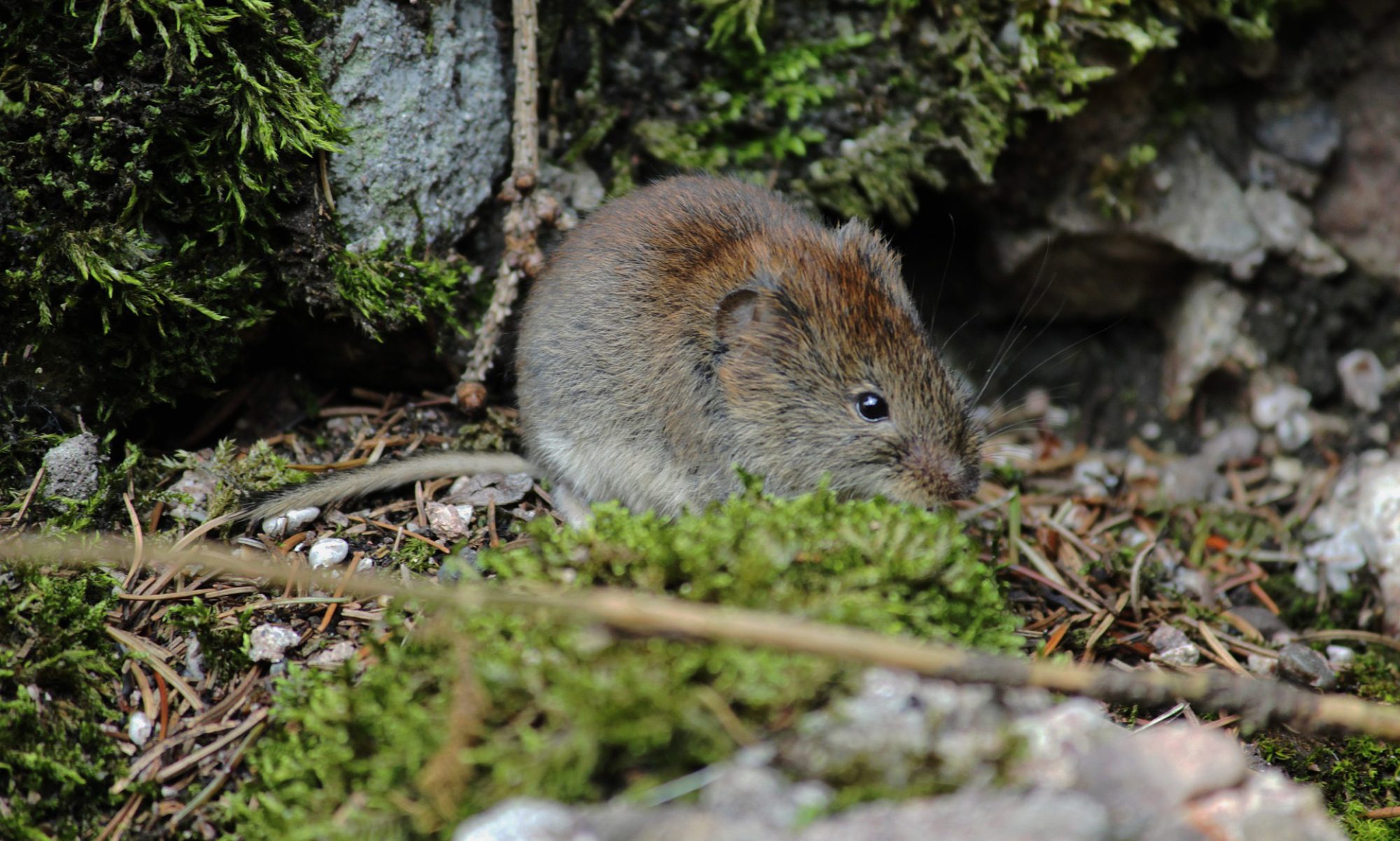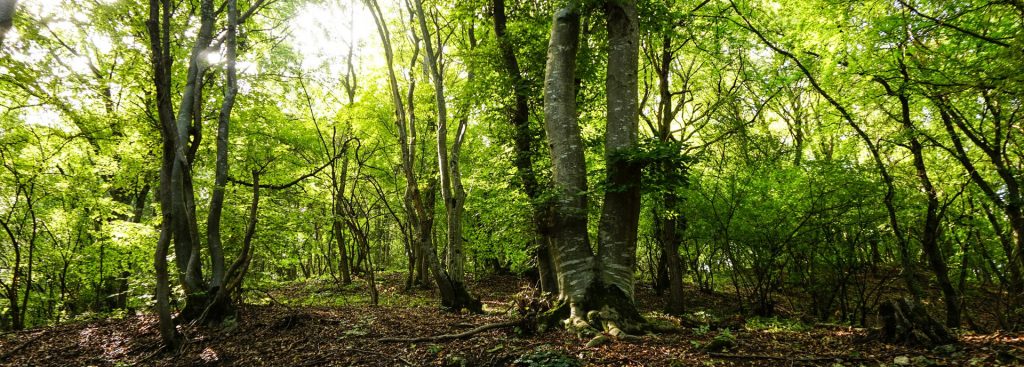
Most of us know that planting trees is a great way of combatting climate change and global warming. But did you know that trees don’t just get rid of carbon dioxide? They also reduce our risk of flooding, make sure our soils stay healthy, and provide us with oxygen! Read on to find out why woodlands are such an important habitat.
Carbon Sequestration
Trees are plants. Which mean they perform a process called photosynthesis. In photosynthesis, plants take up carbon dioxide and water in order to make food for themselves. Oxygen is released by the plant as a waste product.
Also, when deciduous trees lose their leaves over winter, those leaves rot down and transfer the carbon stored in them to the soil.
Yes, some carbon dioxide is re-released into the atmosphere through other natural processes. But we can see that trees have always played a huge role in the natural regulation of carbon dioxide levels.
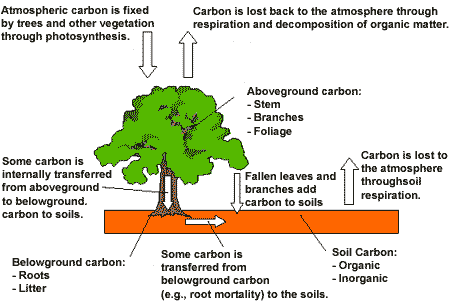
The Hydrological (Water) Cycle
Trees can grow to be pretty large! This has two main benefits for the water cycle:
Trees can intercept water
When it rains, trees intercept water before it reaches the ground. This is why we stand underneath trees to avoid the rain! If water does reach the soil, the roots of the tree can absorb a lot of this, for the tree to use during photosynthesis. All this means that less water trickles through the soil, or over the ground surface, into rivers. This significantly reduces the risk of flooding.
Trees stabilise the soil
As well as absorbing water, roots have the role of anchoring the tree into the ground. This means they bind the soil together. Therefore, soil is less likely to be washed away by water, or eroded by other mechanisms. This leads to deeper, better quality soils. It also stops soil being washed into rivers, which reduces their risk of flooding!
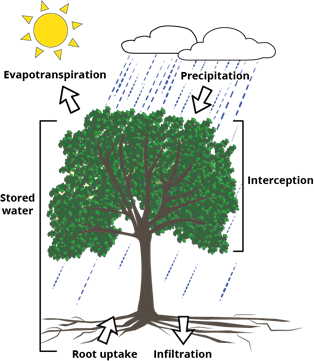
Partly due to their role in absorbing and releasing water, forests can create their own weather systems! Therefore, woodland habitats can in fact affect neighbouring habitats.
Nutrient Cycles
Trees are constantly growing. As they grow, they take up nutrients from the soil in order to stay healthy. But, when these trees die or shed their leaves, the organic matter they are made of rots down, and returns nutrients to the soil.
This means that there are three ‘stores’ of nutrients in forests- the trees themselves (biomass), the dead and decaying matter found on the forest floor (litter), and the soil itself. Nutrients constantly move between these different stores, so they can be used where they are most needed. This is very important for humans as well as wildlife, as it means our soils keep the nutrients needed for us to grow crops.
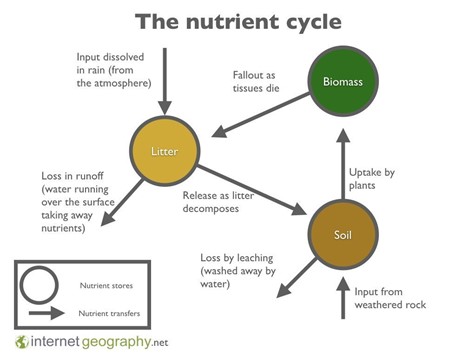
The Importance of Woodlands
We can see that trees have a huge influence on the habitats they are part of. They are partly responsible for controlling the levels of water, carbon dioxide, and nutrients present. On top of this, they provide homes to a wide variety of animals.
That means that when humans chop down forests, or damage any part of the tree, they affect the critical roles of woodland in that habitat. And not in a good way!
So, next time you are walking through a woodland, or sitting under a lone tree having a picnic, just remember how much trees do for you!
